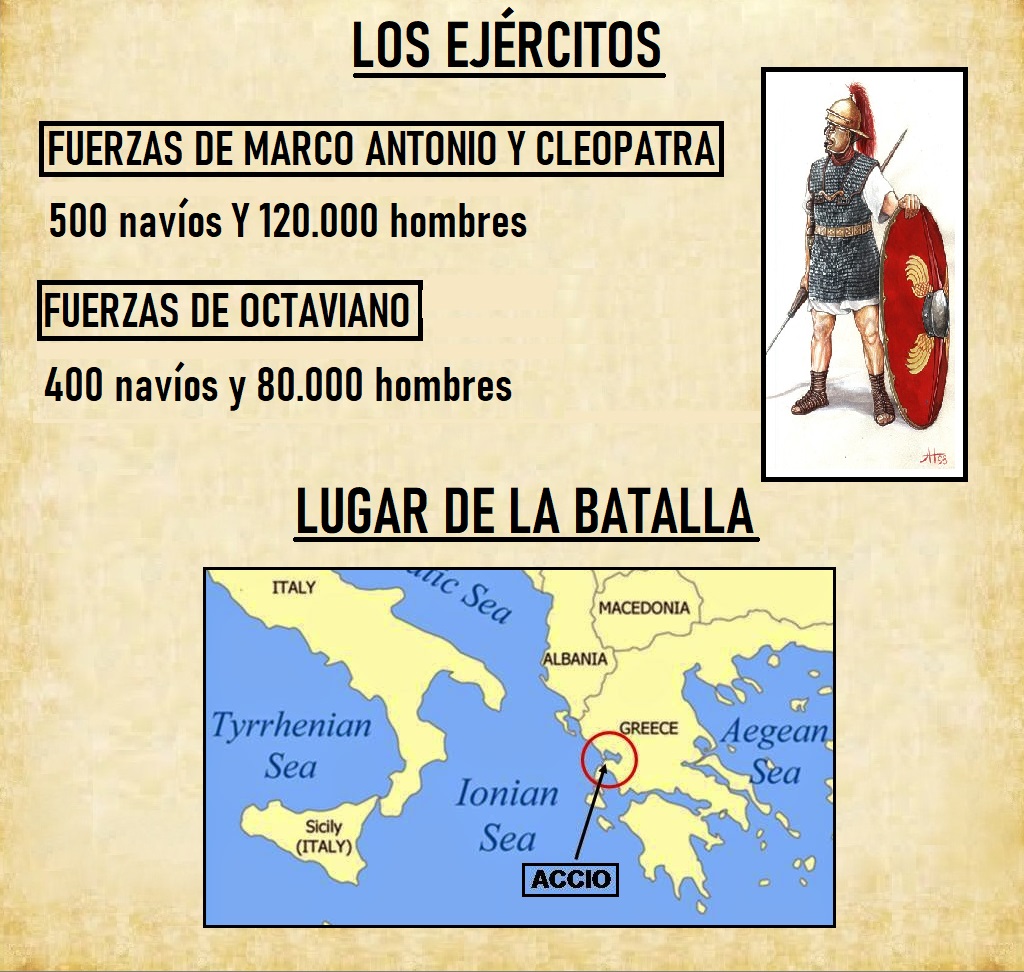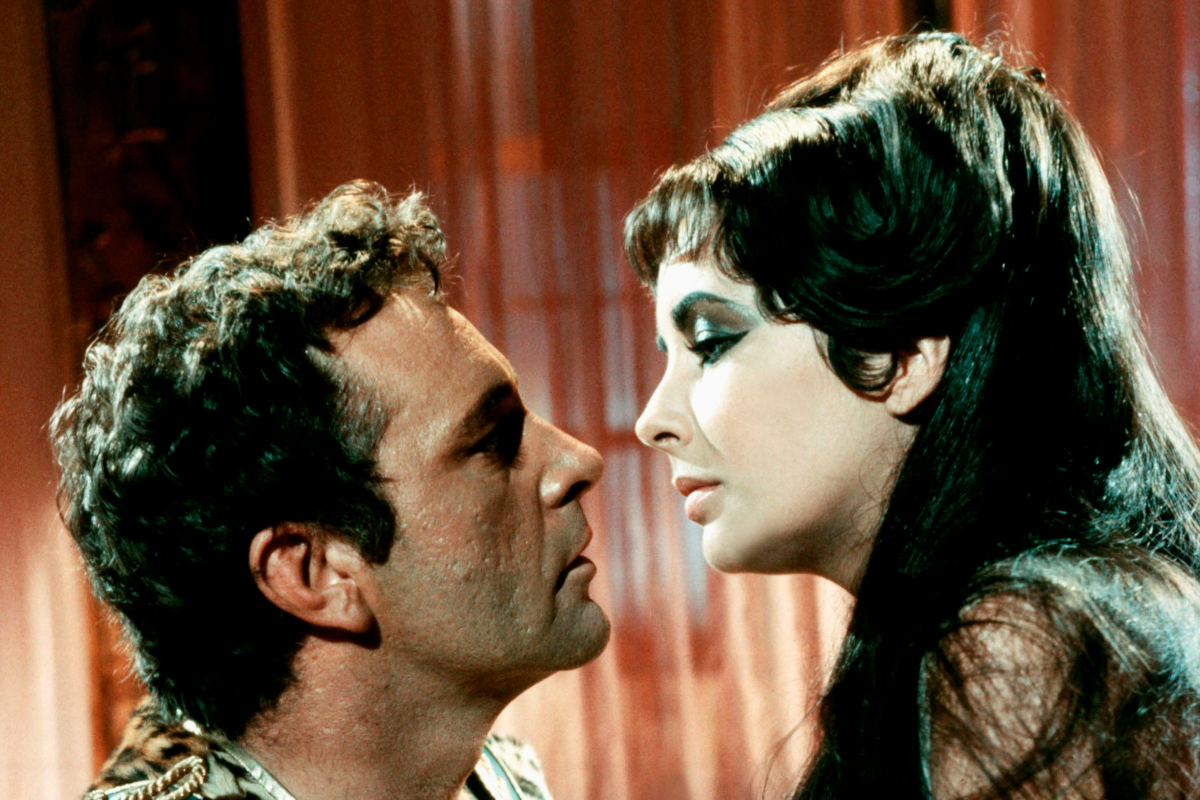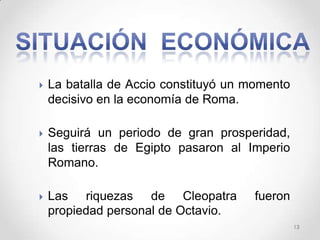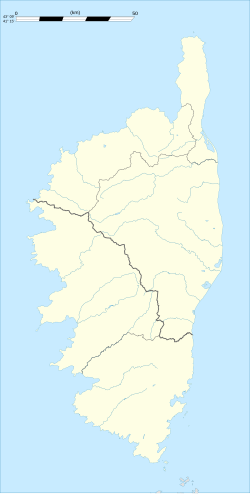Pope Francis plans to visit Corsica on 15 December.
This was announced by the Vatican on Saturday.
It will be the first visit by a pope to the island in the Mediterranean, which belongs to France.
The 87-year-old will take part in a conference on the topic of religiosity in the Mediterranean region and celebrate mass there.
A meeting with French President Emmanuel Macron is also planned. A meeting between the Pope and the head of state is planned for the afternoon at Ajaccio International Airport.
The Pope will then leave the island at 6.15 pm after a short farewell ceremony. The entire visit will last nine hours.
The bishop of the Corsican regional capital Ajaccio, Cardinal Francois-Xavier Bustillo, had already given a press conference on Thursday on the occasion of the possible visit and presented a website for the event.
This will be Francis' third short visit to France - after Strasbourg in 2014 and Marseille in 2023.
An official state visit to Paris is still pending.
Cardinal Bustillo as a beacon of hope
Corsica is one of the economically poorest regions in France and is characterised by a relatively strong Catholicism with strong local traditions.
Cardinal Bustillo, Bishop of Ajaccio since 2021, comes from the Basque Country and studied in Italy. He speaks fluent Spanish, Italian and French, among other languages. For some years now, he has been seen as a new beacon of hope in the crisis-ridden French Catholic Church.
Last autumn, Pope Francis made the cleric, who belongs to the Franciscan order, a cardinal. The Vatican announced his trip to Corsica on Bustillo's 56th birthday. It had been described in Vatican circles as "as good as certain" for weeks.
Dispute over independence from France
According to Bustillo, there were still "protocol-related" problems that had to be resolved first.
The "Femu a Corsica" party, which is in favour of autonomy for the island, has had an absolute majority in the Corsican regional parliament since 2021.
Corsica's political situation has been characterised for decades by the dispute over independence from France.
Between 1976 and 2014, the FLNC liberation movement repeatedly rocked the island with bomb attacks.
In 2022, there were violent clashes between young Corsican nationalists and the French police in Ajaccio.
Just eight months ago, the Corsican regional parliament approved a constitutional reform at the suggestion of President Macron. It is intended to grant the island extensive autonomy within the French Republic.
However, radical Corsican nationalists see the reform as merely a first step on the road to independence.
The official motto of the Pope's trip was written in Corsican and reads "Papa Francescu in Corsica".




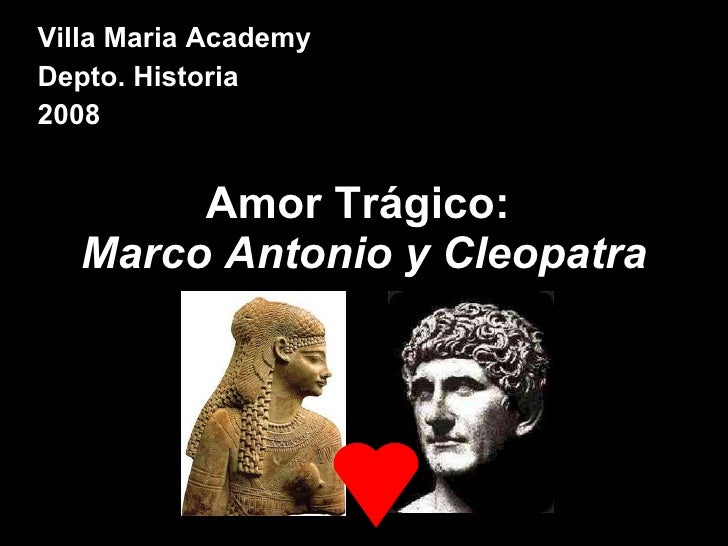


























 keep that date/number in mind. Looking at the towers architectural shape, we see its design is that of a square anti-prism:
keep that date/number in mind. Looking at the towers architectural shape, we see its design is that of a square anti-prism:



















 roll plz…They designed an upside down pentagram, the base of which is at the White House:
roll plz…They designed an upside down pentagram, the base of which is at the White House:
































